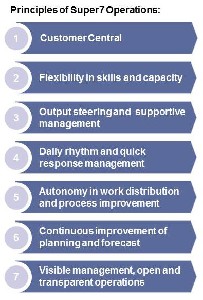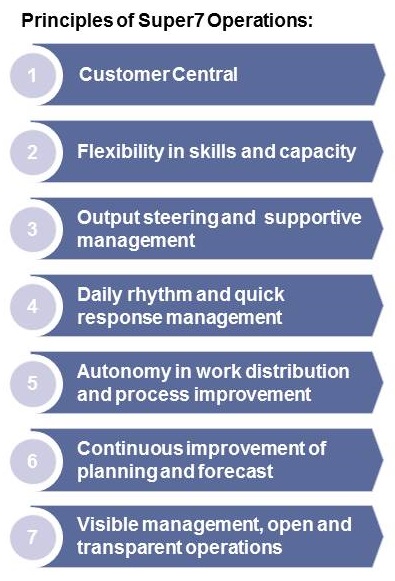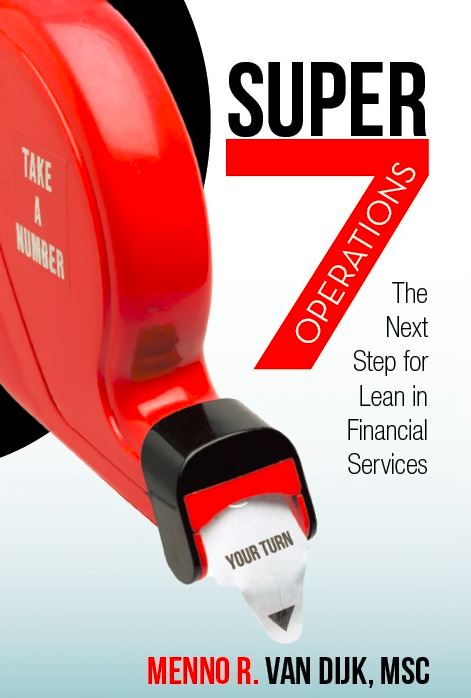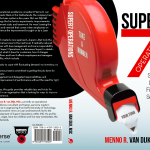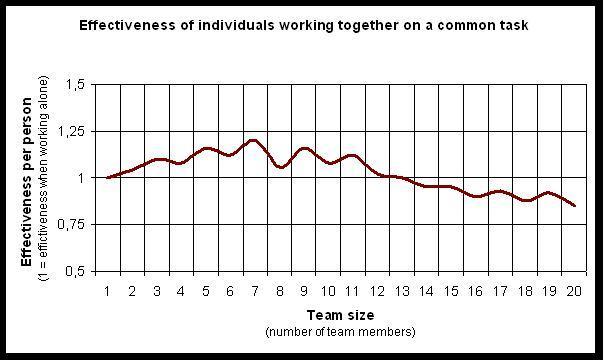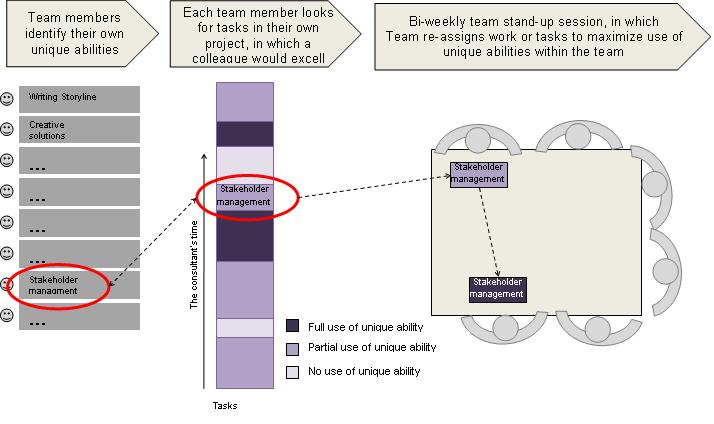What soft skills are needed for cooperation in Super7 teams – what soft skills are essential for a team to reach cooperational excellence? The implementation Super7 Operations (link) within the operations departments of one of the leading Dutch retail banks is in full swing. Many things need to be taken care of in the preparation phase: small, autonomous production teams (Super7’s) arent’ formed overnight. But one thing in particular is essential for a smooth introduction of Super7 Operations: attention to the soft skills that are needed for working together in a small, autonomous team.
In our experience, the most important soft skills for cooperation in Super7 teams that required training in preparation of Super7 Operations are:
1. Giving and receiving feedback
2. Understanding the development of autonomous teams
3. Effective meetings and making decisions as a team
Let’s look at these subjects in a bit more detail:
1. Basics of giving feedback
• Describe what behavior you have observed
• Explain what effect this behavior has on you
• Check if the person you give feedback understands you
• Indicate what behavior you would like to see
2. Basic development steps of autonomous teams
• Phase 1: group of individuals
• Phase 2: a developing team
• Phase3: a cooperating team
• Phase 4: an autonomous team, striving towards cooperational excellence
4. Basic elements of effective meetings and making decisions as a team
• Use team roles in meetings: chairperson, time keeper, voice-of-the-customer
• Make sure all items on the agenda are well prepared
• Assign a fixed amount of time to each item on the agenda
• Start with giving all participants the chance to say something about the subject – finish the initial round before starting the discussion
• Use a white board or flipchart to write down the most important points
• Keep the focus on solutions and improvement ideas
• Make sure everybody gets their say
• Keep the discussion focused
• Don’t take minutes, write down actions (what, who, when)
For the team managers, the change from traditional Operational Management to Super7 Operations can be even more dramatic than for the team members themselves. More on this change and the required skills for managing Super7 Operations can be found in my book: Super7 Operations – The Next Step for Lean in Financial Services. More information about this book can be found on www.super7ops.com


